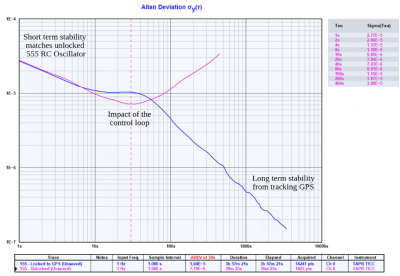The switch from analog telephone exchanges to a purely digital network meant a revolution in just about any way imaginable. Gone were the bulky physical switches and associated system limitations. In the UK this change happened in the early 1980s, with what the Post Office Telecommunications (later British Telecom) and associated companies called System X. Along with the system’s rollout, promotional videos like this 1983 one were meant to educate the public and likely any investors on what a smashing idea the whole system was.
Although for the average person in the UK the introduction of the new digital telephone network probably didn’t mean a major change beyond a few new features like group calls, the same wasn’t true for the network operator whose exchanges and networks got much smaller and more efficient, as explained in the video. To this day System X remains the backbone of the telephone network in the UK.
To get an idea of the immense scale of the old analog system, this 1982 video (also embedded below) shows the system as it existed before System X began to replace it. The latter part of the video provides significant detail of System X and its implementation at the time, although when this video was produced much of the system was still being developed.
Thanks to [James Bowman] for the tip.
Continue reading “When The UK’s Telephone Network Went Digital With System X”




















